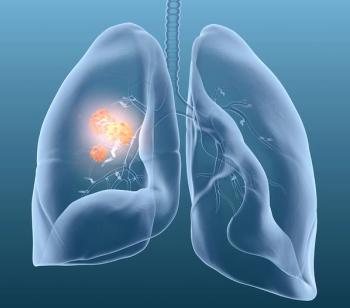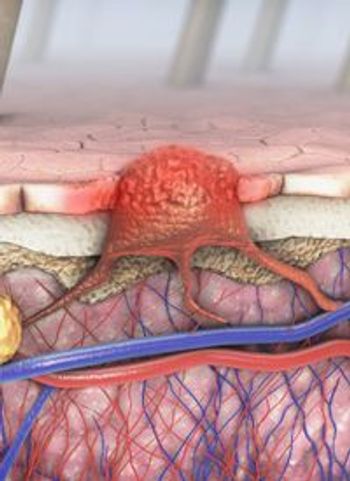
Expert Explains Reasons for Low Hispanic Breast Cancer Population in Clinic

Several factors may contribute to the low Hispanic breast cancer population at Northwestern Memorial Hospital, including a lack of resources and a focus on other disease types.
In an interview with CancerNetwork®, Claudia Tellez, MD, a clinical assistant professor of Hematology and Oncology at Northwestern University Feinberg School of Medicine, discussed the inspiration for creating the Lurie Cancer Center Hispanic Breast Cancer Clinic at Northwestern Memorial Hospital in Chicago, Illinois.
Tellez noted that the number of Hispanic patients receiving care at Northwestern Memorial Hospital was low compared with the population living in Chicago. This discrepancy could be due to several challenges including a limited awareness of standard treatments, a focus on other disease types, and a lack of resources to provide labor-intensive treatments.
Transcript:
I’ve been an oncologist at Northwestern for 15 years, and I’m a native Spanish speaker. Historically, I’ve been the person who has received the majority of the Hispanic patients who come to Northwestern. I noticed that the percentage of [Hispanic] patients was always pretty low—universally, I would say less than 10%. The first gap that I noticed was that—being aware of the percentage of Hispanic [individuals] in the city of Chicago, which is almost a third—we were really seeing [many fewer Hispanic patients] than what you would expect, given the percentages in the city. I wondered why that was.
For years, I’ve done a lot of community work, and I knew that a lot of the community organizers were aware that we have a Spanish speaker at Northwestern. It’s the issue of how to actually bring a person from the community to a place like Northwestern. We also have awareness that in the community, patients are not receiving the standard of care that most would be receiving in a place like Northwestern or [other] major academic medical centers for a variety of reasons.
Sometimes, it’s partly because of the fact that the providers in the community might be taking care of multiple different cancers compared with just breast cancer. The awareness of the latest and best [care] is probably limited. Another reason is because there are extra resources that are needed to provide some of the standard treatments; some of the best treatments are labor intensive to give, so there might be a lack of resources in the community to provide those types of treatments.
There has been a variety of different reasons why the patients are not coming to Northwestern, and why they’re not receiving the standard that they should be receiving. We thought, ‘Okay, this is our opportunity to create something, to welcome the patients to Northwestern, make it official, and then also work on making the connections to make sure the patients actually come.’
Reference
Lurie Cancer Center Hispanic Breast Cancer Clinic at Northwestern Memorial Hospital. Robert H. Lurie Comprehensive Cancer Center of Northwestern University. Accessed November 3, 2023. https://bit.ly/45Vm0kx
Newsletter
Stay up to date on recent advances in the multidisciplinary approach to cancer.
































































































